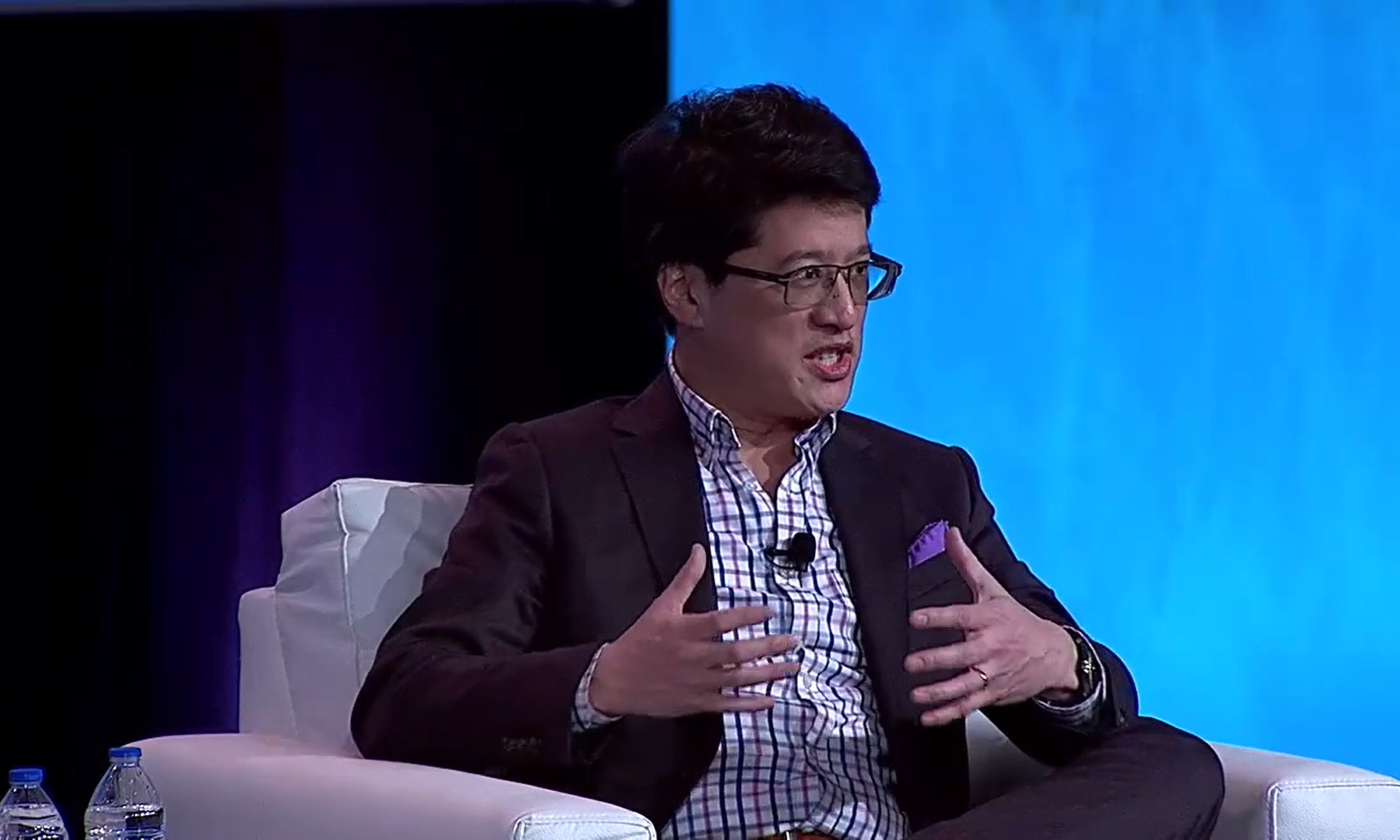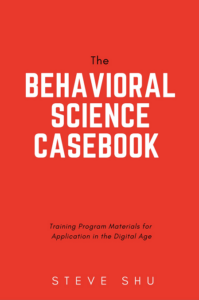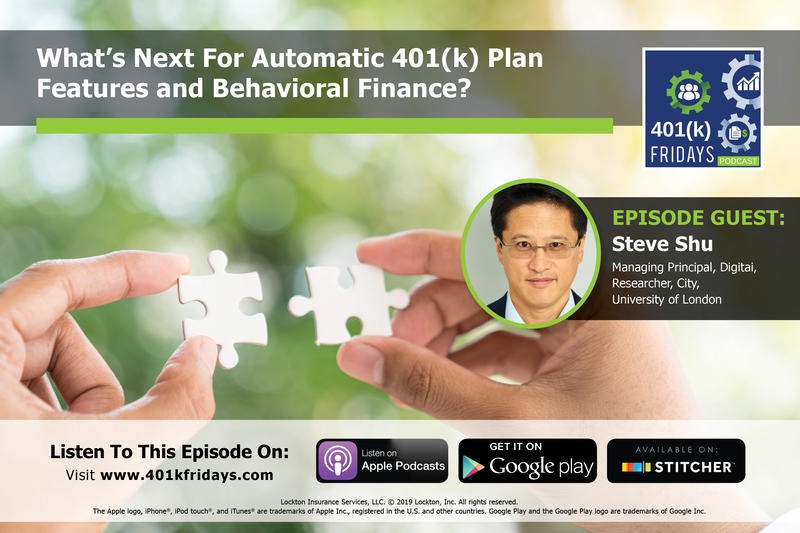This post is based on a previous question posed to me on Quora.
The role of a Chief Behavioral Officer (CBOs) varies, but a common theme I’ve seen is that they analyze, plan, innovate, and implement aspects of the business using insights and methods from the behavioral sciences (e.g., behavioral economics, psychology). Some of the companies with CBOs do mostly marketing communications or thought leadership (e.g., research) while others may get involved with bringing insights and designs to product development (e.g., applied research). Some CBOs may directly manage people, such as a team of PhDs, analysts, etc. as well as partnerships (e.g., with academic researchers). The approach of CBOs may also vary in terms of the science. For example, some may leverage pre-existing research. Others may work with big data (e.g., proprietary) and correlational or instrumental variable type analysis. Yet others may take an experimental approach (e.g., A/B testing) and work with product and service teams to directly measure how designs affect behavior and outcomes.
A key aspect of determining the activities of the CBO really come down to setting goals for the larger organization, assessing gaps and resources, and developing a tactical plan to meet the goals over time. As an example, for the past few CBOs I have helped, we often worked to develop 30–60–90 day plans to initially get the organization rolling with longer-term planning and thinking happening in parallel.


